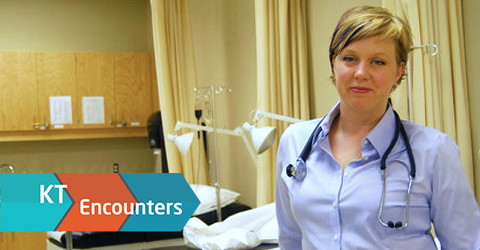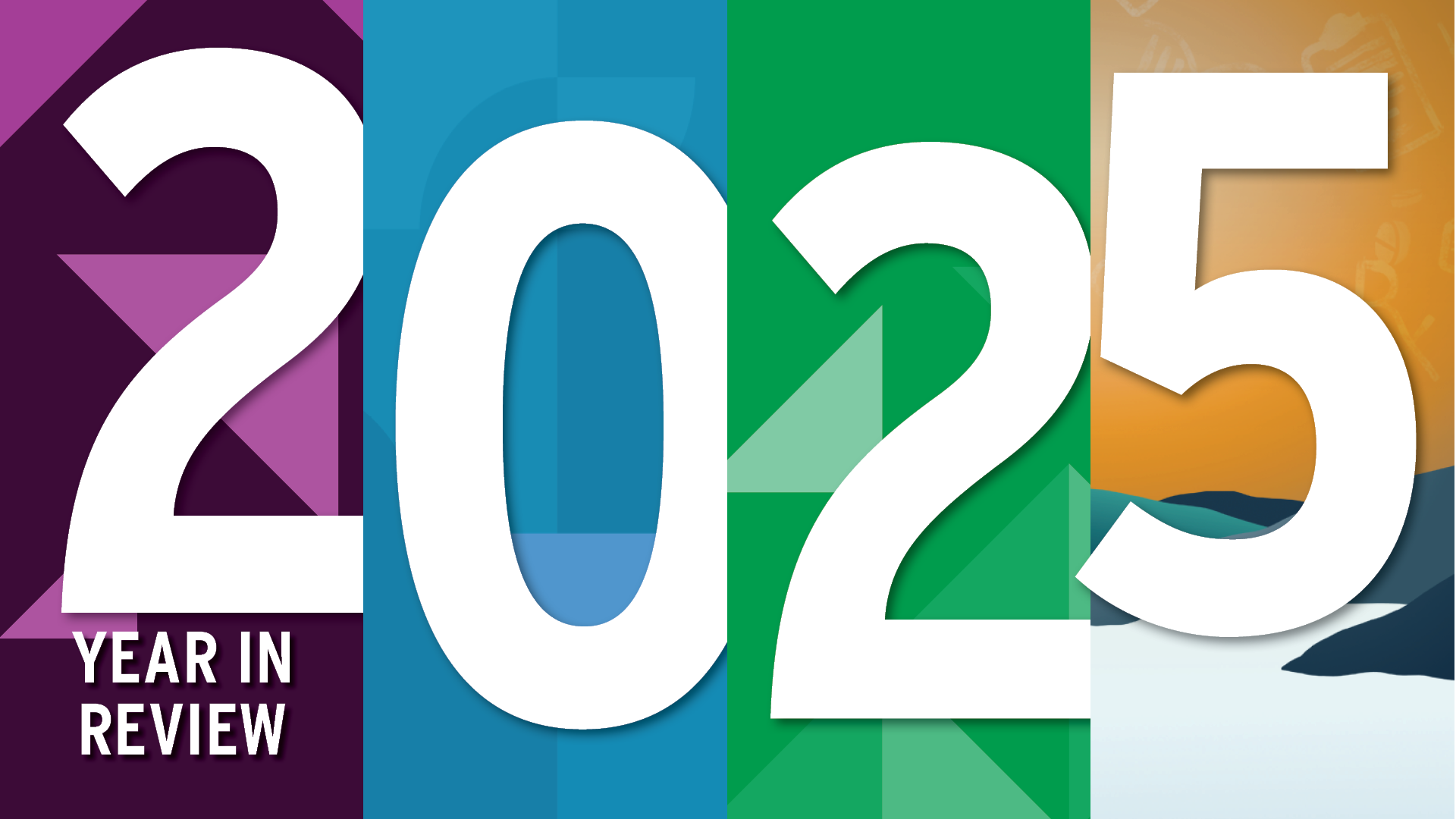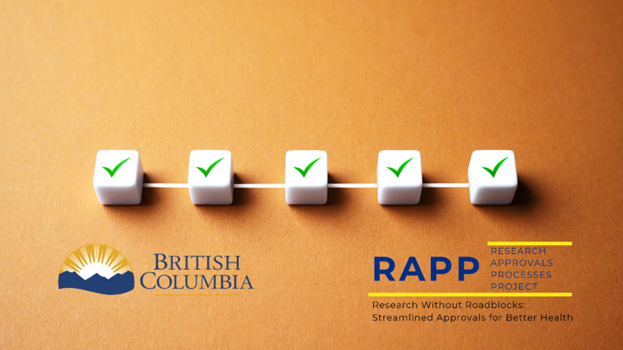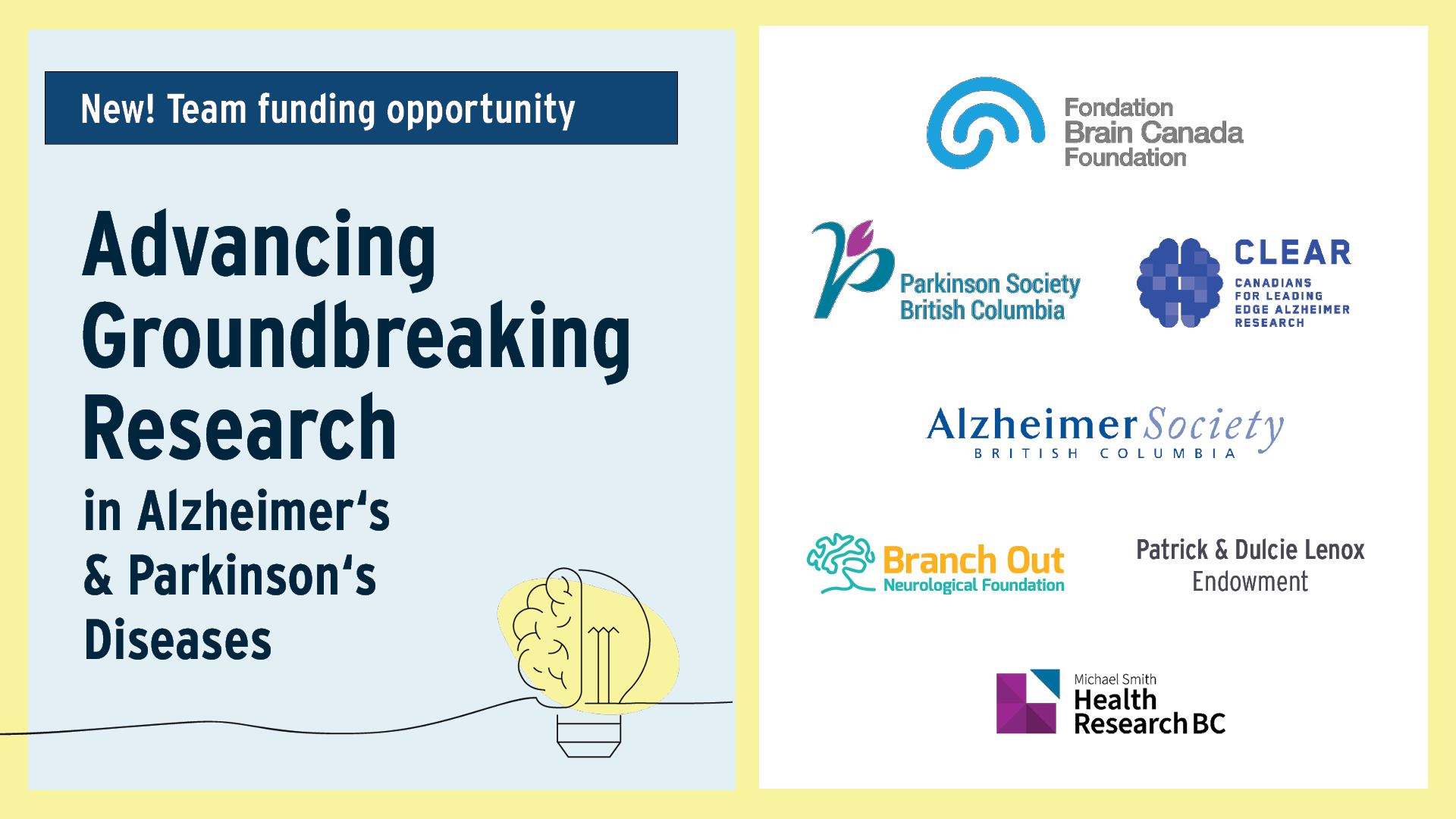Barbara’s Spoons: What partnering with patients has taught me about patient-oriented research
12 March 2019

Barbara’s spoons: What partnering with patients has taught me about patient-oriented research
Over recent years, the health research landscape has evolved dramatically. Increasingly, researchers are making efforts to meaningfully engage patients and members of the public in order to generate research evidence that is more relevant and applicable.
I am one of these researchers. Over the course of my career, I have had the privilege of working with patients on research that examines the intersection between patient and care provider experiences. However, it was only four years ago that I started working with patients as research partners. The experience has been transformational, both professionally and personally.
Here, I’ll share my experience of working with Barbara, a stroke survivor and research partner who has taught me some vital lessons on how to conduct patient-oriented research.
The research: Stroke prevention and management in rural and Northern BC
Stroke prevention and management in rural settings can be complex and challenging, particularly given the distances a patient might have to travel for screening and care services. To better understand these challenges, and how to work around them, our collaborative team of researchers, healthcare providers and patients undertook a series of activities. We hosted an educational networking evening with physicians and other healthcare providers, we consulted with stakeholders, and held patient interviews to understand priorities, barriers, best practices, and stroke patient journeys in Northern BC. It was in the interview stage that I met Barbara, a stroke survivor with an amazing story to share.
Barbara is one of the most beautiful human beings that you will ever meet. During our first few encounters, Barbara shared her story with great bravery. Despite still being in recovery and facing ongoing health challenges, which made the collaboration process both raw and exhausting for her at times, she was frank, honest and kind. I made a commitment to work with Barbara to share her story in a meaningful way in order to improve care for other stroke survivors in the region. Throughout this process, she has taught me a huge amount about working with patient research partners.
Patient partners: Lessons I’ve learned from Barbara
-
Be open to doing things differently
As a researcher working with patients and community members, you need to be open to looking at the world in a different way. Letting go of our professional assumptions and embracing new perspectives can lead us in exciting new directions.
In the months after our initial interview, Barbara brought me pictures of art and photographs to share her evolving recovery, which was at times hard to verbalize. I do not consider myself an arts-based researcher, and having committed to helping her share her story in a meaningful way, I began to panic (okay, I panicked a lot!). How would I follow through on my commitment without expertise in this area? I enlisted the help of a trusty colleague with experience in trauma-informed arts-based research (thank you Si Transken!) and together we began working on a painting to share her story. Through this process, we began to learn together. We later shared our experience and art at a provincial conference on patient-oriented research where our work was awarded the best poster prize.

As more people learned about our storytelling work, we began to receive requests from others wanting to take part. Fast forward two years, and Barbara and I are still working together. With additional funding, as well as support from the Northern Health Authority leadership, we’re expanding this work to other stroke and brain injury patients in northern BC, learning from patients and community members as they share their experiences – the good, bad and ugly.
At the root of all of this is Barbara, a voice of experience and a driving force that has inspired us to try and work harder to change stroke prevention and care for the better.
-
Be conscious of what you are asking
Working with Barbara had made me truly consider the burden of participation. To be truly patient-oriented, patients need to be engaged across the entire research process, but this requires significant time and resources. Not only do we need to make sure that we reduce any barriers to engagement, but we also need to be cognizant of the demands that are placed on our partners, especially when they may be living with the effects of health condition.
During our early meetings, Barbara told me about her spoons – a metaphorical way of representing her energy, and the fatigue and limitations she faces in her ‘new life’ post-stroke.
At the time, Barbara was constantly faced with choices about her activities, and balancing these against pain, fatigue and various other symptoms. If she showered, this was two spoons. If she needed to see her physician, it was another two spoons. It was too much to do both, so if she went to an appointment she would be unable to shower. She only had so many spoons so she had to make a choice and use them wisely.
Learning this, I wondered whether the research process was too much. She told me that she gave me her spoons because she felt it was important. The partnership had given her purpose and was part of her recovery, even though she may not directly benefit from the research outputs. The enormity of this contribution really hit me. As researchers, we understand the value and vital perspectives someone with lived experience can provide, but it is essential to be conscious of the weight of both that contribution, and our ‘ask’.
Even if a patient partner is compensated for their time, this really is a drop in the ocean compared to their experience, insights and wisdom, and the demand these interactions place on their energy and health.
Hearing Barbara’s story I felt humbled, but also quite scared. I hoped that I could give her something meaningful in return and that I could take her ‘spoons’ and create something impactful to her and the other people that are living with the effects of stroke.
I also took a breath, recognizing that this work would need to be a bit slower and that our process, and our relationship, would need to be fuelled by patience, support and understanding. Letting go and relaxing into the process has allowed for even more creativity to flourish.
-
There is no one way of ‘doing it right’
When I began working with patients as research partners in research, I was very concerned about ‘doing it right’. But, as with any relationship, the process of connection and working together is unique and has its own ebbs, flows and flavours.
Getting to know each other, building trust, and mutually discovering expectations, interests, and the best way of working together is important. Each relationship will be different, and although you may not work through every single decision, starting with a mutual agreement about how you want to work together is key.
This extends both to how you work together, but also what you are working on. Over the course of my partnership with Barbara, she has helped me to reimagine my research program and to rediscover the joy in the work that I do. She helped me remember why it is I started my clinical and academic career in the first place. Over the intervening years I had been weighed down by the pressures of academic life and balancing that with a young family. But when I began working with Barbara, I was inspired by how she embraced her journey and the challenges she faced. I was reminded of myself as a newly graduated nurse, observing practice and eagerly wanting to contribute to change.
As Barbara shared her frustrations with me, of a stolen life, of seeing someone new in the mirror every day, and ongoing disability, Barbara also reminded me of the importance of self-acceptance, compassion and gratitude. No matter how great we feel a research project may be, impacting change takes time. As we engage with patients and community members in research, it is important to be clear about the types of outcomes that you may expect. Celebrating the successes, even the smallest of wins, can make for an enjoyable journey together.
There is an old idiom that being born with a silver spoon in your mouth means that you are rich and privileged. Barbara has gifted me some of her spoons and I feel hugely enriched and privileged to have had this opportunity. She truly is a great advocate for patients and community members in the north. While we have gained so much as a team, I have benefited even more at a professional and personal level.
I am also very lucky to share similar relationships with other patient partners, each bringing their own knowledge, skills and unique talents. I can’t ever image not working with patients in this way and hope to find new ways to work with patients and community members to ensure their experiences can improve care for others.
Dr. Davina Banner
Associate Professor, School of Nursing, UNBC; Adjunct Professor, Northern Medical Program, UNBC; Visiting Scientist, Ottawa Hospital Research Institute
Dr. Davina Banner is a cardiovascular and rural health researcher, nurse educator, and a palliative care nurse. She currently works as an Associate Professor in the School of Nursing at the University of Northern British Columbia and leads an interdisciplinary program of research exploring cardiovascular care, patient and provider experiences and rural health service delivery.
Dr. Banner has published and presented nationally and internationally and has a special interest in integrated knowledge translation and patient engagement. She is a mother of three and lives in beautiful Prince George, BC.
The opinions expressed in this blog post are those of the author and do not necessarily reflect the views of the Michael Smith Foundation for Health Research.





